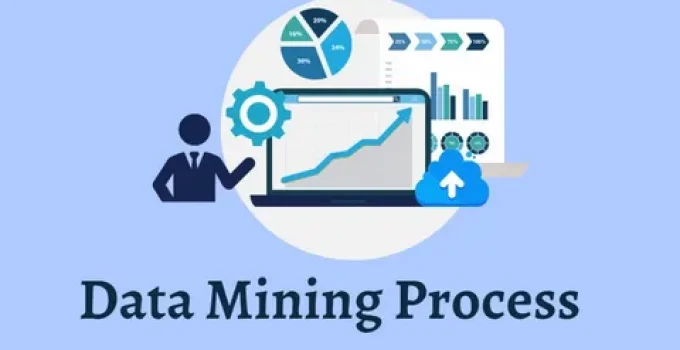Business processes are the backbone of your organization. In everything your company does, there is a process behind it and making it successful. Whether it is buying, paying, selling or shipping, they all involve processes. When these processes run smoothly, your business also runs better. Process mining is important in making these processes run as expected. Industry leaders have recognized that superior processes can make a competitive difference. They are investing in process mining tools in order to keep pace with the current fast-paced business world. Although they are using process mining, do they understand what it is? This article aims to help you understand process mining better and how it works.
Table of Contents
What Is Process Mining?
It is one of the most crucial business applications that aid in the extraction of data from the systems to help you understand, monitor, and enhance the existing processes. With the help of event log data, process mining creates accurate process models that show how different processes are performed in comparison to how they should run. The information helps the decision-makers to uncover bottlenecks as well as opportunities for improvement.
Process mining unveils how the processes are executed by highlighting variations and bottlenecks for better business performance. It also examines the appropriateness of a new process for automation. It is a crucial tool in process science because it offers a data-driven approach to analyze and enhance business operations across different departments.
It plays a major role in business process management as it can be used to select and optimize processes. It can also be combined with robotic process automation and other advanced technologies like AI to create a complete intelligent automation process.
How does Process Mining Works?
Process mining tools aid in extracting and assessing event data from information systems like ERP or CRM systems. Process mining software uses this data to create accurate process models. Companies have invested in digitizing processes and optimizing them for efficiency. Process mining plays a big role in making this possible. Let’s look at how process mining works.
- Event data collection- this is the first step in process mining and involves collecting event logs from information systems. The logs trace all steps of the process, from order placement to delivery.
- Creation of process map- after gathering all the data, the process mining tools then examine it to create a visual process map. The map shows you the process flow and highlights all steps and decision points.
- Analyzing for efficiency- since you already have the map, you can easily identify where progress is and the specific points where problems exist. When analyzing for efficiency, you can search for loops bot, bottlenecks, and steps that are taking longer than estimated. You can identify inefficiencies and make data-driven improvements.
- Conformance checking- this is the final step that involves checking whether the processes are working as they should be. It involves comparing the actual flow with the ideal model to find deviations.
In conclusion, business processes are essential elements in an organization. Their success determines the success of a company. This is where process mining comes in. It enables businesses to understand every step along the process, giving you insights that help you know where the challenges are and how to improve them. You can easily understand your operations workflow and make changes where necessary.



